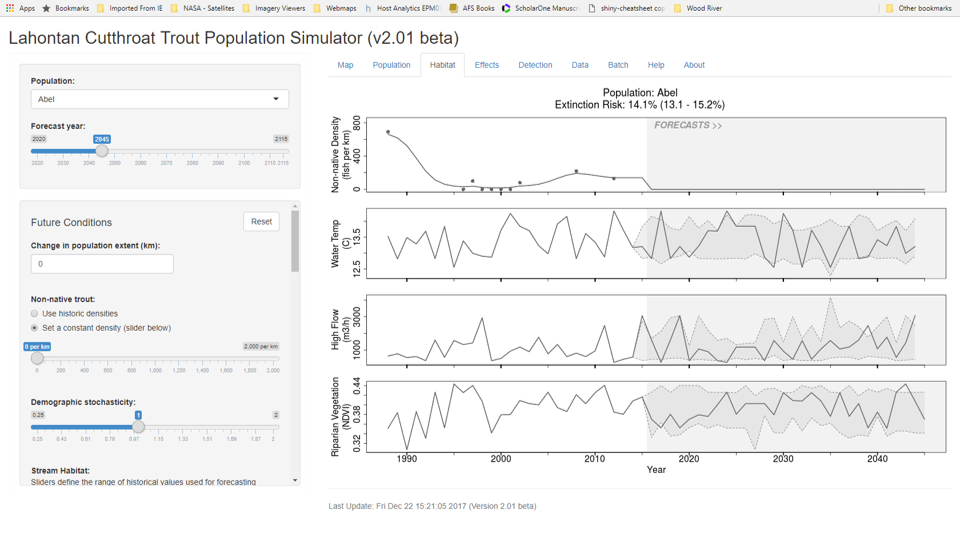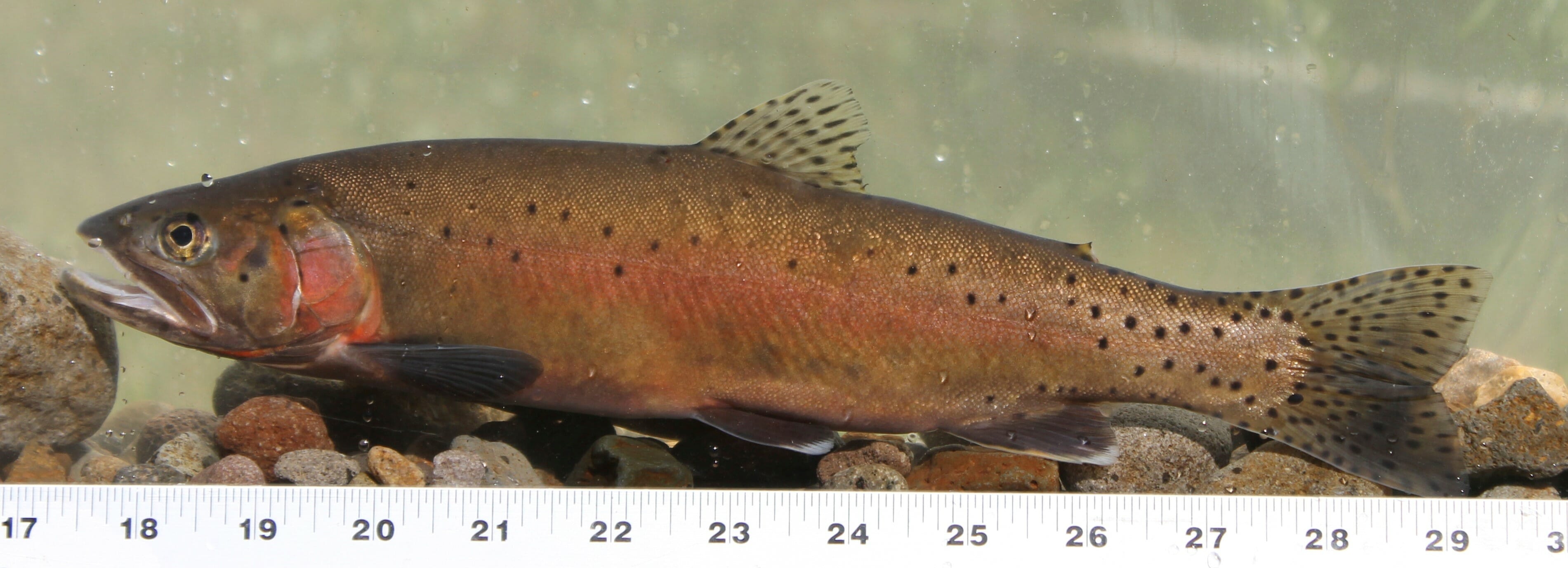
Trout Unlimited scientists work with recovery teams for various species to help bring science-based solutions to guide the recovery planning for native trout and salmon. Our work includes threat and risk assessment, quantitative modeling efforts, and developing management scenarios.
In September 2022, our Fisheries Science Director Dan Dauwalter and several Arizona agency partners completed a Species Status Assessment (SSA) for the Apache Trout. The SSA is a comprehensive science document that provides the basis for Endangered Species Act (ESA) listing decisions. The SSA outlined that there are currently 30 genetically pure relict and replicate (and 8 hybridized) Apache Trout populations occupying 280 kilometers of habitat. The populations graded out with an average of a B- (mean grade point average of 2.53) based on various factors. The SSA also assessed the future condition of the species under various scenarios that included a cooperative management plan recently signed by TU, as well as other factors such as climate change. The U.S. Fish and Wildlife used aspects of the SSA to complete a 5-year Status Review, that was then used to recommend that the species be taken off the List of Threatened and Endangered Species.
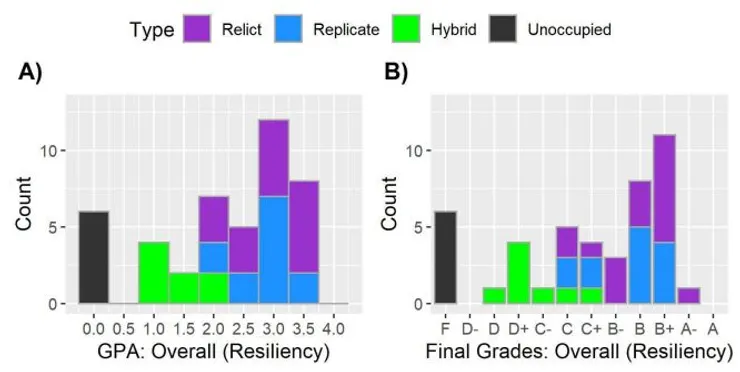
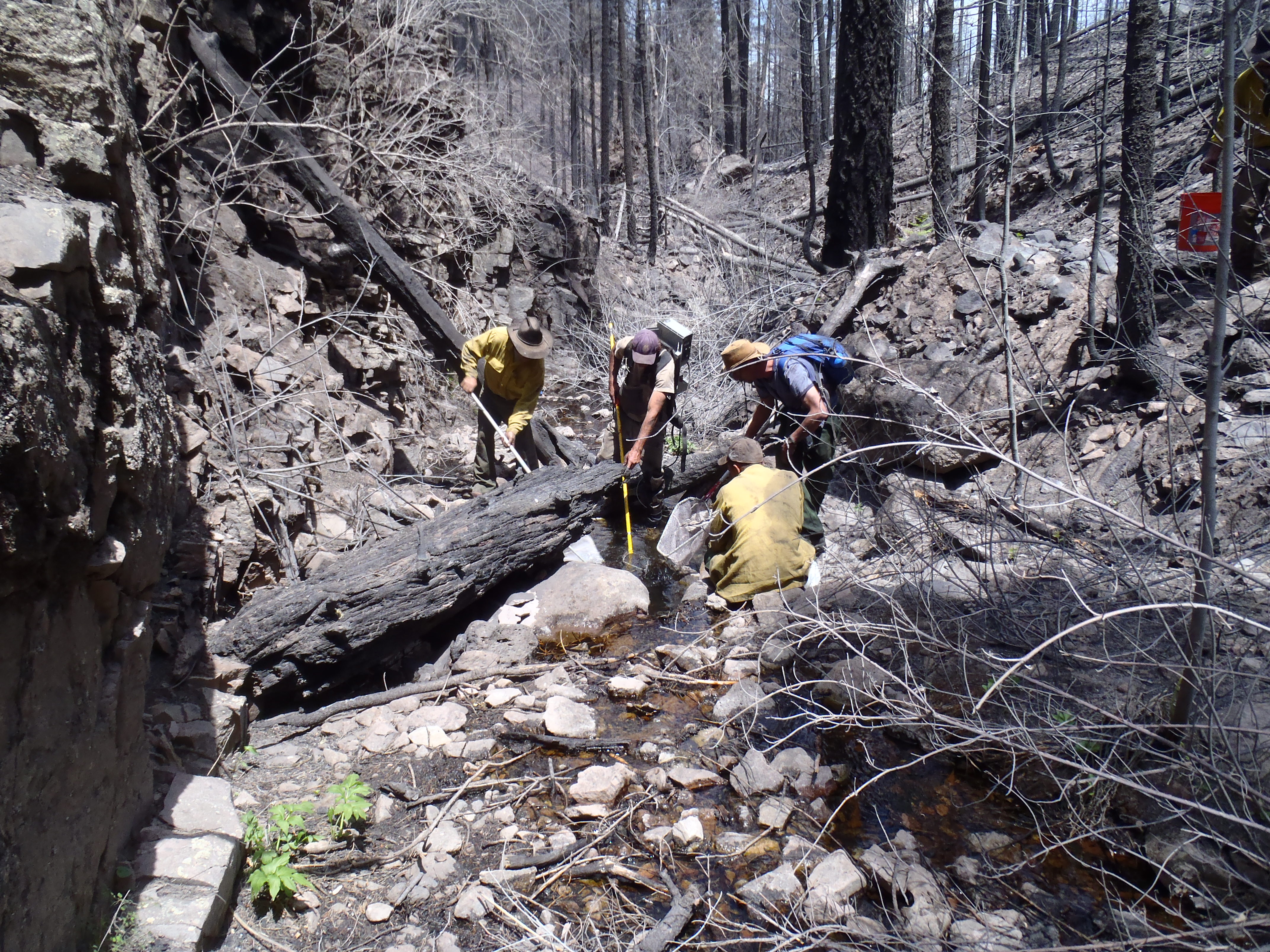
Gila trout wildfire risk and climate vulnerability
Gila Trout are listed as Threatened under the Endangered Species Act, and have been widely impacted by catastrophic wildfires. To aid in conservation and recovery planning efforts, we combined wildfire, debris-flow, and 2080s stream temperature models to identify Gila trout habitats least vulnerable to these threats and guide conservation efforts. Our vulnerability rankings can be used to inform conservation actions such as reintroductions, habitat restoration, or nonnative fish eradication while considering these climate-related threats and other factors. Conservation decisions mindful of climate resiliency will best ensure that these unique but threatened native trout remain on the landscape in the southwestern U.S. in future climates.
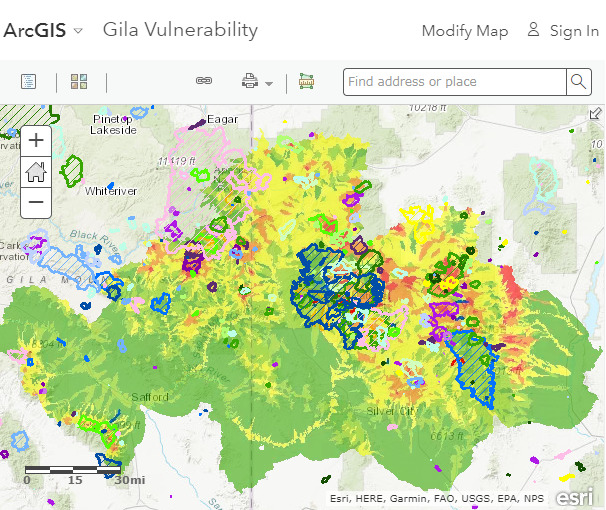
Population Viability Analysis to Inform Lahontan Cutthroat Trout Recovery
Population viability analysis (PVA) is a powerful conservation tool, but one that remains unapproachable for many species because of the amount of data required to build useful models. This is especially true for species occurring in multiple populations, each of which requires a separate PVA. With NASA and other partner funding, TU and a host of collaborators developed an entirely new class of PVA models that draws on available field data and information about the environment to model extinction risk across multiple trout populations simultaneously. Our models can be used by species managers and conservation practitioners to understand which populations are most at-risk and which should be prioritized for active management, what restoration activities will be most beneficial, and where reintroductions will be most successful. Learn more on our population viability analysis page.
Explore the Lahontan cutthroat trout population simulator
